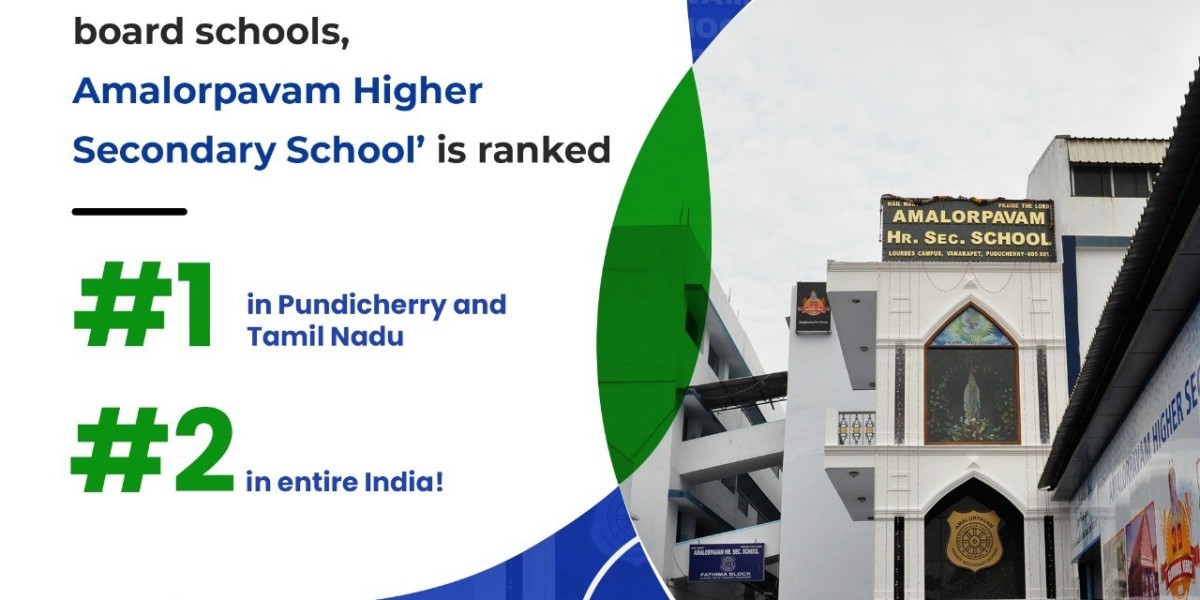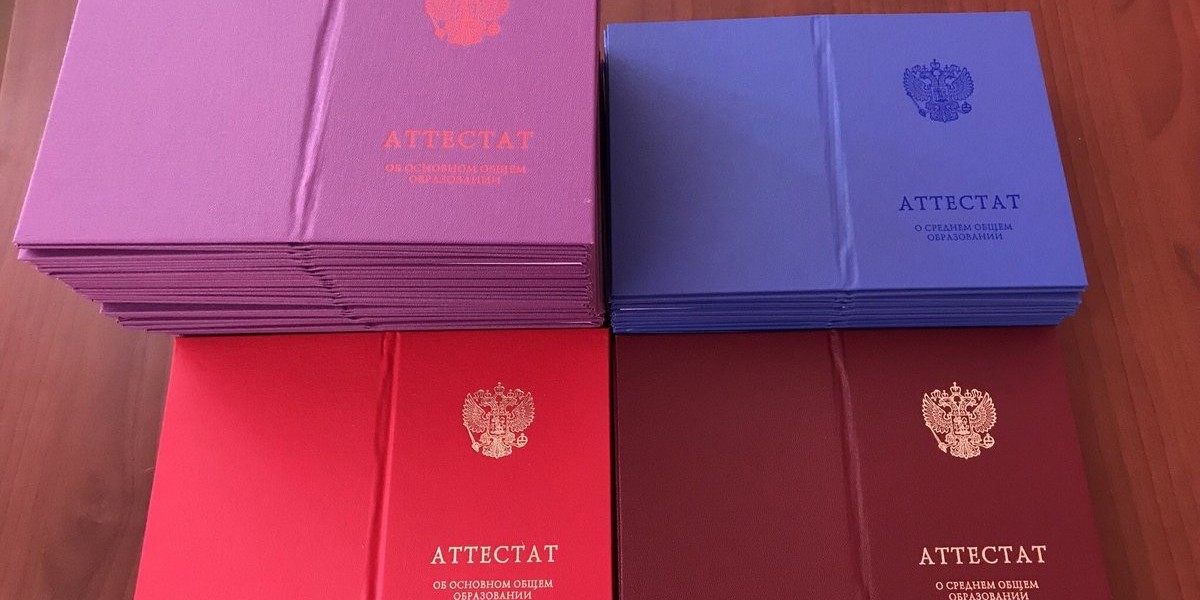What is Nanofiltration
Nanofiltration is a physical filtration process used to remove viruses from liquid products like vaccines, serum therapeutics, and biologics. During nanofiltration, the liquid is passed through special virus-retaining membranes or filters which act as a physical barrier to remove viruses based on their size. Viruses are much smaller than bacteria, ranging from 20 to 400 nanometers in size. Nanofiltration membranes have precisely controlled nano-sized pores which allow fluid molecules like water, salts, proteins to pass through but trap viruses within the membrane structure based on their relative size compared to the pore size.
How Does Virus Filtration Work
The nanofiltration process works based on three fundamental principles - size exclusion, adsorption, and charge interactions. During filtration, the liquid feed containing viruses is passed through the virus filter membrane under pressure. The membrane acts as a physical sieve that allows fluid molecules smaller than the pore size to pass through while blocking larger virus particles. In addition, electrostatic and hydrophobic interactions aid in virus capture and retention within the membrane pores and surface. Some key aspects of how nanofiltration removes viruses:
- Size exclusion: The Virus Filtration membrane pore size is precisely controlled below the virus particle size, commonly 15-20 nanometers. This size difference allows capturing viruses within the membrane structure.
- Adsorption: Hydrophobic and electrostatic forces cause viruses to adhere to the membrane surface and internal pore structure, enhancing virus retention. Viruses interact with and attach to membrane components via van der Waals forces.
- Charge interactions: Viruses carry surface charges while membranes contain oppositely charged functional groups. The electrostatic attraction between virus surface charges and membrane charges improves virus binding and trapping within the filter. Pore entrapment and surface adsorption together enable highly efficient virus removal.
Factors Affecting Nanofiltration Efficiency
Several factors govern the efficiency and performance of nanofiltration for a given application:
- Virus physicochemical properties: Size, shape, surface characteristics like hydropathy and charge determine filterability. Filtration works best for viruses 20-200 nm in size.
- Process parameters: Pressure, flow rate and temperature applied during filtration. Higher pressures and slower flow rates enhance virus-membrane contact time for better removal.
- Membrane properties: Pore size, surface chemistry, charge and hydropathy. Appropriate pore size and functional groups optimize capture based on target virus properties.
- Feed composition: Presence of particulates or macromolecules can affect virus-membrane interactions. Pre-filtration may be needed to maximize nanofiltration efficiency.
By carefully selecting the right nanofiltration membrane and optimizing process parameters based on product specifications, virus clearances as high as 4-6 log10 can be consistently achieved. Stringent validation is required to demonstrate filter performance.
Validating Virus Filtration Performance
Validating nanofiltration is crucial to demonstrate removal capability as per regulatory requirements. During validation, a model virus is spiked into the process feed and its concentration is measured before and after filtration using a cell culture infectivity assay or other analytical methods. The virus clearance or log reduction value (LRV) is calculated as:
LRV = Log10 (Initial virus titer/Virus titer after filtration)
Typical validation involves determining:
- Clearance value: Minimum LRV of 3-4 log10 must be shown against a model virus.
- Reproducibility: Consistent LRV is demonstrated over multiple batches.
- Robustness: LRV remains unaffected under variations in operating conditions.
- Virus specificity: Clearance against a diverse panel of model viruses representing the process stream.
Proper validation provides assurance of reliable virus safety for products. Ongoing process and quality monitoring also maintain consistent filtration performance. Together with other downstream purification steps, nanofiltration enables effective and compliant virus removal in bioprocesses.
As a physical size-separation based method, Virus Filtration is a robust and reliable terminal sterilization step for removing infectious virus particles from biological products. By leveraging size exclusion and other mechanisms, nanofiltration membranes can achieve high virus clearance of 4-6 log10 or greater against diverse virus types when properly applied. Validation is essential to demonstrate consistent and reproducible virus removal performance as per regulatory guidance. With its advantages of high capacity, well-established design space and virus safety, nanofiltration remains the preferred approach for terminal virus clearance in many biotherapeutic manufacturing processes.
For More Insights Discover the Report In language that Resonates with you
Get more insights: Virus Filtration
About Author:
Vaagisha brings over three years of expertise as a content editor in the market research domain. Originally a creative writer, she discovered her passion for editing, combining her flair for writing with a meticulous eye for detail. Her ability to craft and refine compelling content makes her an invaluable asset in delivering polished and engaging write-ups.
(LinkedIn: https://www.linkedin.com/in/vaagisha-singh-8080b91)








